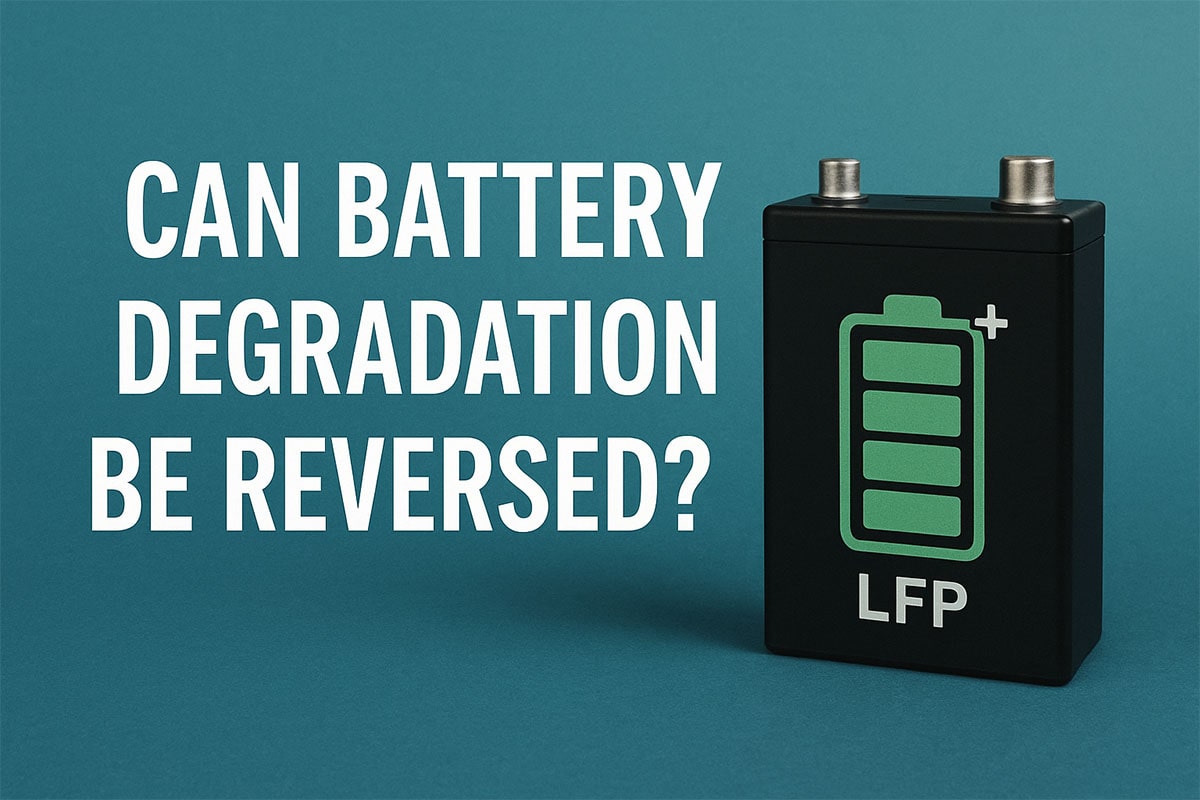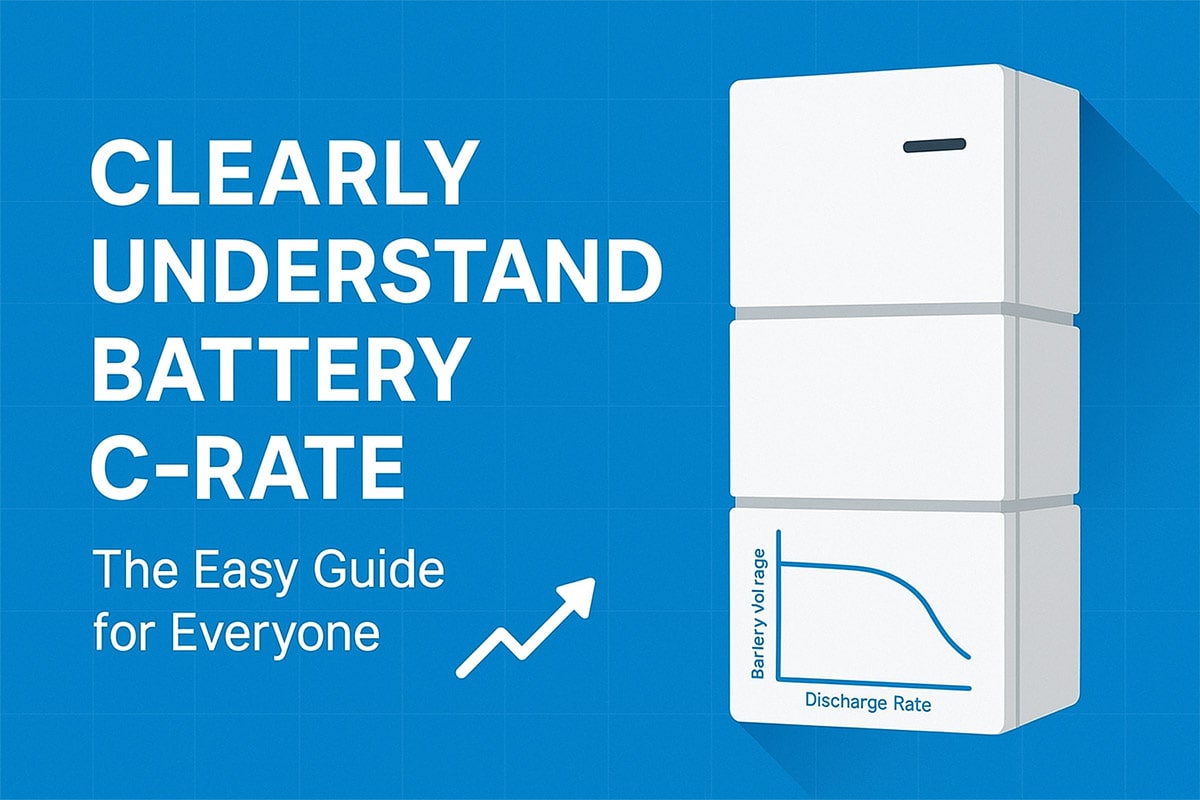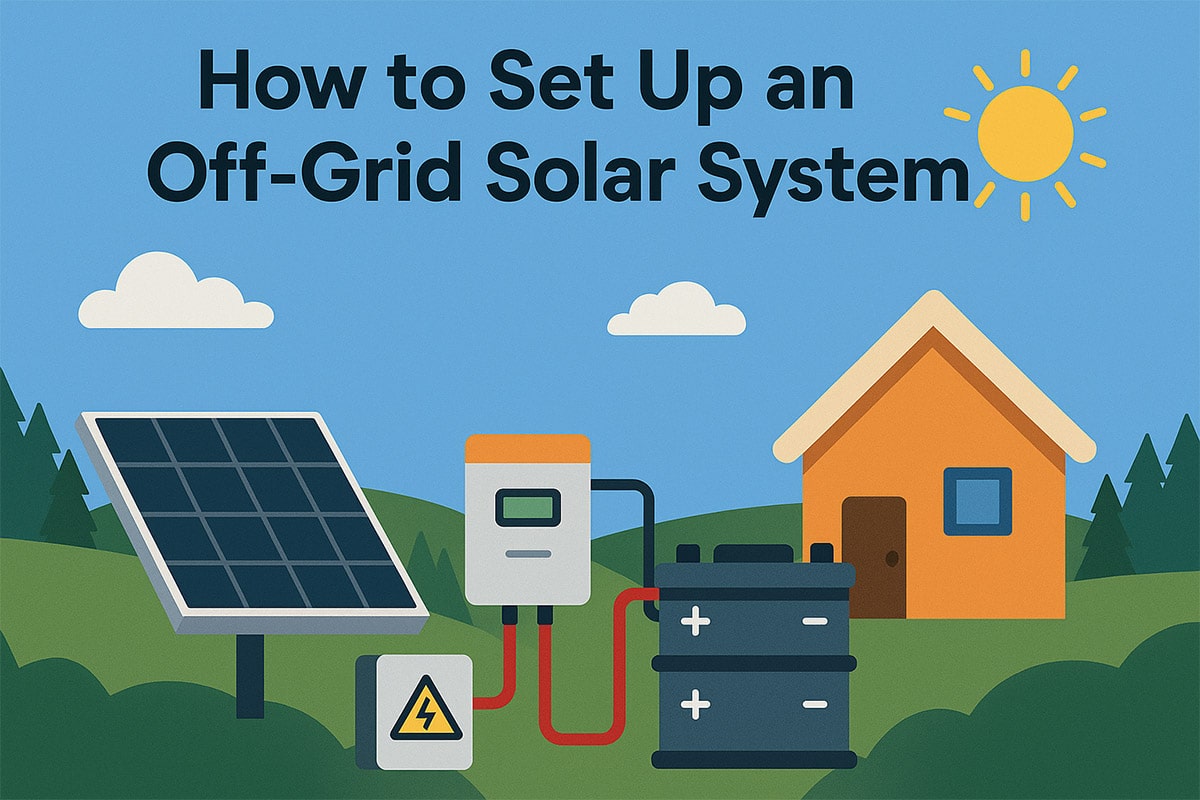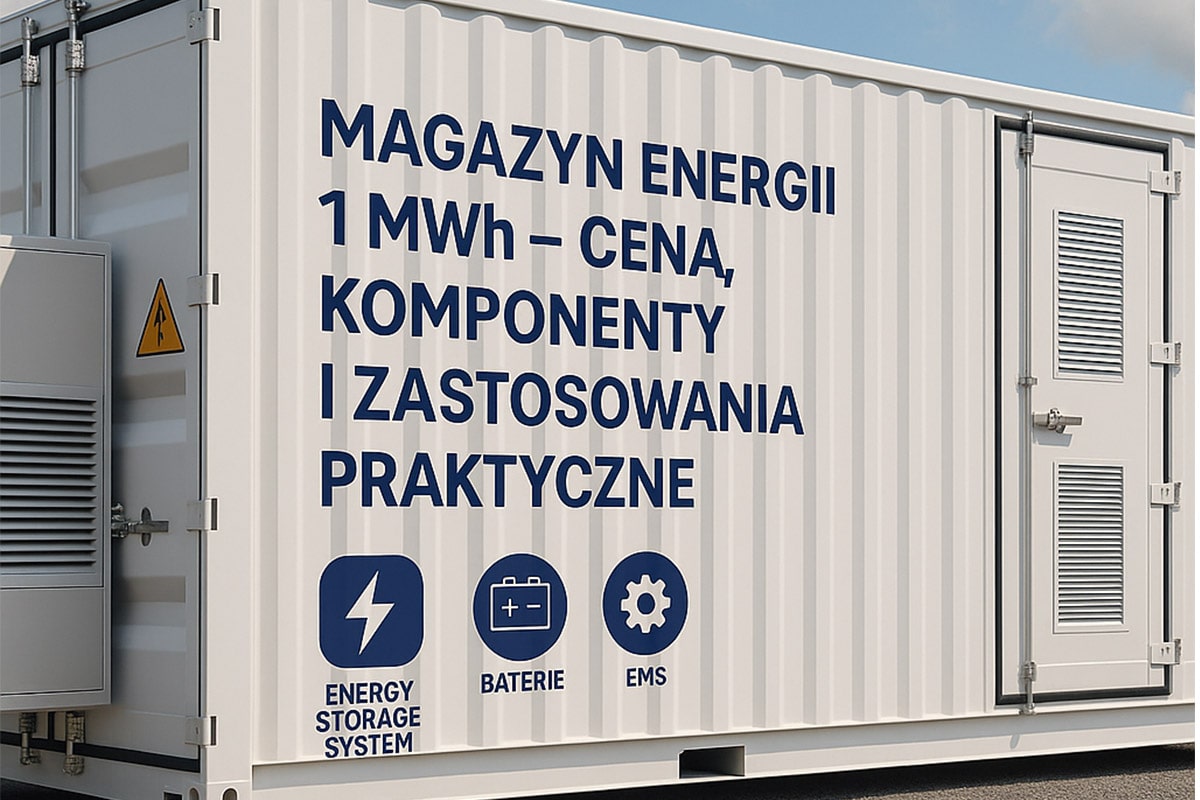How to Choose Photovoltaic Modules
How to Choose Photovoltaic Modules
Everyone knows that the installation of rural photovoltaic power stations is inseparable from three major components: photovoltaic modules, photovoltaic inverters, and photovoltaic supports. There is a lot of knowledge, but in actual projects, many people are confused when choosing, and as a result, the power generation of the power station is also confused, and it is always unable to catch up with the neighbors.
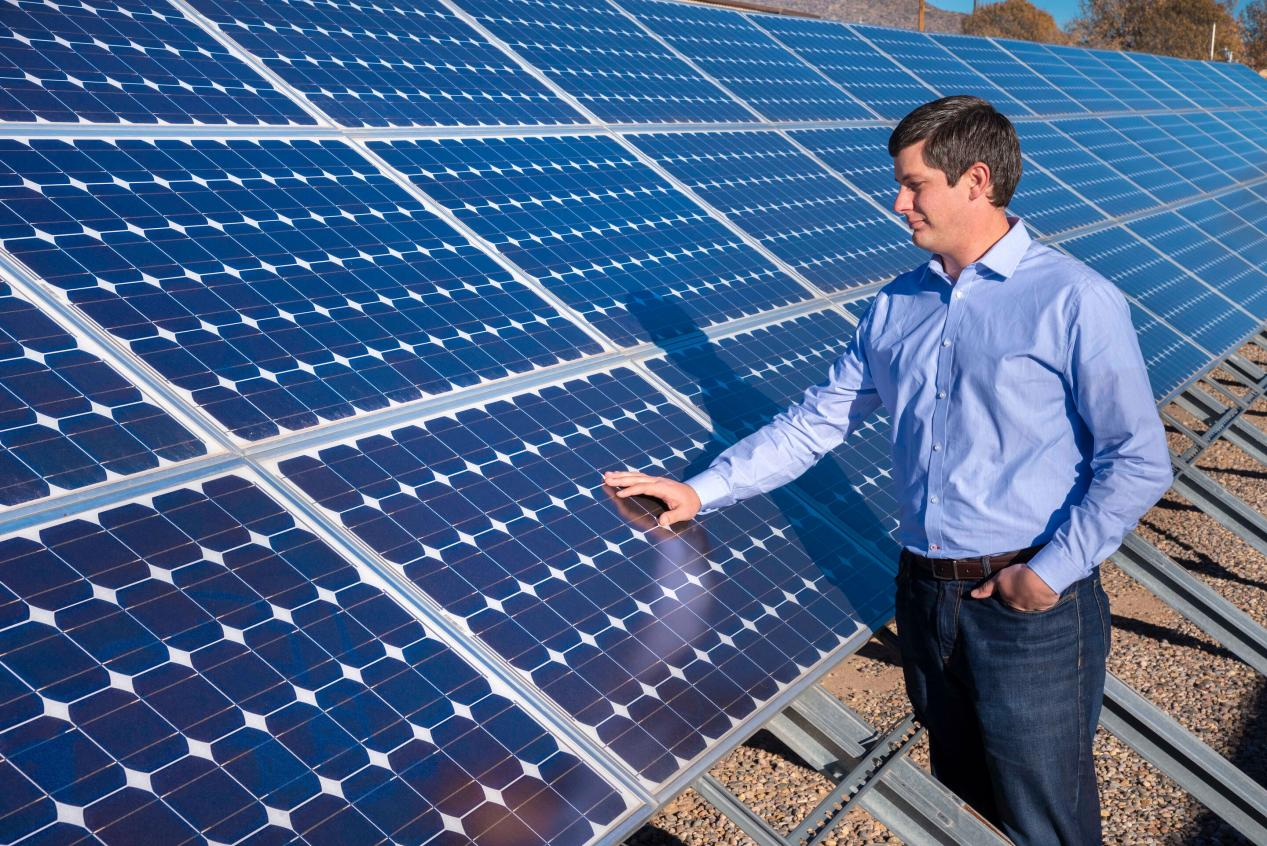
2017 was a bumper year for most module companies. They not only got a share of the market, but also emerged many new technologies, such as PREC, N-type modules, double-sided power generation modules, multi-busbar, No busbar, etc., these component technologies are becoming the mainstream of the market. In fact, no matter how innovative the technology is, the common photovoltaic modules on the market are mainly in these three categories: monocrystalline silicon, polycrystalline silicon, and thin film.
How should users choose when choosing?
Let’s look at monocrystalline silicon modules first. Monocrystalline silicon photovoltaic modules are solar panels made of high-purity monocrystalline silicon rods. They are widely used in the market, thanks to the high photoelectric conversion efficiency of monocrystalline silicon modules. The performance under light conditions is better than similar products, of course, the price is relatively high. The “Notice on Improving the Technical Indicators of Main Photovoltaic Products and Strengthening the Supervision Work” jointly issued by the National Energy Administration, the Ministry of Industry and Information Technology, and the National Certification and Accreditation Administration in 2017 stipulated that from January 1, 2018, monocrystalline silicon cells The market entry threshold for module conversion efficiency is 16.8%. The technical index of monocrystalline silicon cell module photoelectric conversion efficiency in the Top Runner project is 17.8%. The decay rate shall not be higher than 3% within one year, and not higher than 0.7% in subsequent years.
Looking at polysilicon components again, from the principle point of view, polycrystalline solar cells are arranged in different strings and parallel arrays. Polycrystalline modules are widely used in the market because of their high cost performance. Currently, the efficiency of polycrystalline modules of first-line brand module manufacturers can be as high as 17%. We mentioned above that the “Notice” stipulates that the market entry threshold for photoelectric conversion efficiency of polysilicon cell modules is 16%, the technical index of the leader is 17%, and the attenuation rate shall not be higher than 2.5% within one year, and not higher than 0.7% in subsequent years.
Finally, introduce thin-film photovoltaic modules. Here, it should be noted that the modules belong to amorphous silicon solar photovoltaic panels. The power of a single module is low, and the photoelectric conversion efficiency is about 10%. Because of its good low-light performance, less shadow occlusion power loss, low annual attenuation rate, and high appearance of the film, it is favored by some users.
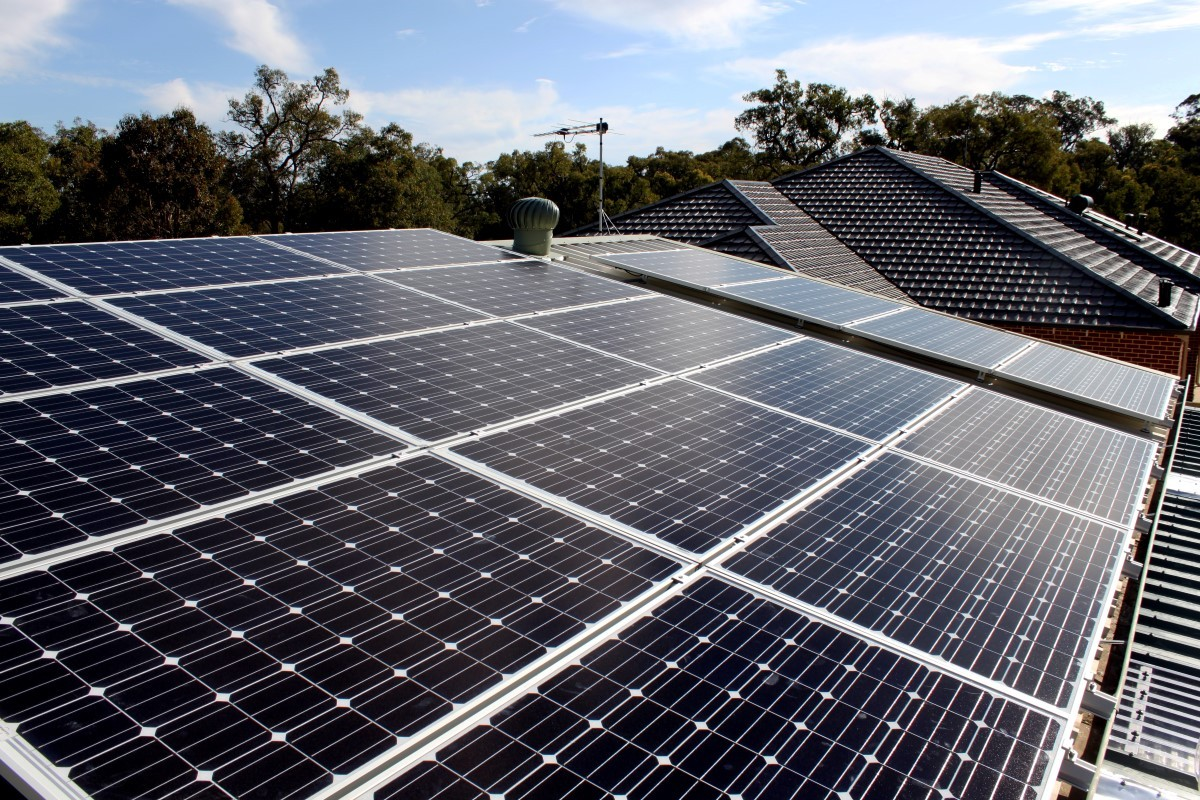
To sum up, single crystal has high efficiency and is expensive; polycrystalline has moderate efficiency and relatively low price; thin-film modules have good light transmission, little shading effect, stylish appearance, and high prices. Knowing this, when users choose photovoltaic modules, they should choose according to their own actual situation and find out the photovoltaic modules suitable for their own power plants.
In the actual projects in rural areas, all kinds of photovoltaic modules are used. We all know that there are A, B and C grades of modules. Different quality modules are used in rural projects. Low-quality modules are for users It brought a lot of trouble, the power generation failed to meet expectations, and the annual attenuation was serious…
So for some new users, how to choose correctly when selecting components and controlling component quality?
When users get a component, they should look at it from four aspects.
First look at the brand, to see if the module is produced by a first-tier brand, you can check the serial number on the module, and now there are many OEMs in small factories, so pay special attention.
Second, look at the appearance of the components. A-level components will not have poor appearance. The main manifestations of poor appearance are color spots, color differences, aluminum thorns, bulges, broken grids, nodes, graphic offsets, chipped corners, chipped edges, and notches. wait.
The third is to look at the appearance and packaging of the components. A-level components will not have backplane failure, cell soldering, over-soldering, poor sealing, backplane scratches, frame scratches, glass scratches, etc., while B and C grades will not have such situations.
Fourth, look at the packaging of the junction box on the back of the module. The component junction boxes produced by some small factories have rough packaging and irregular wiring.
As an important part of a photovoltaic power station, photovoltaic modules are closely related to the user’s power generation income, so you should not be confused when choosing, and you must master the coup of selection, so that the power station’s income can be guaranteed.

